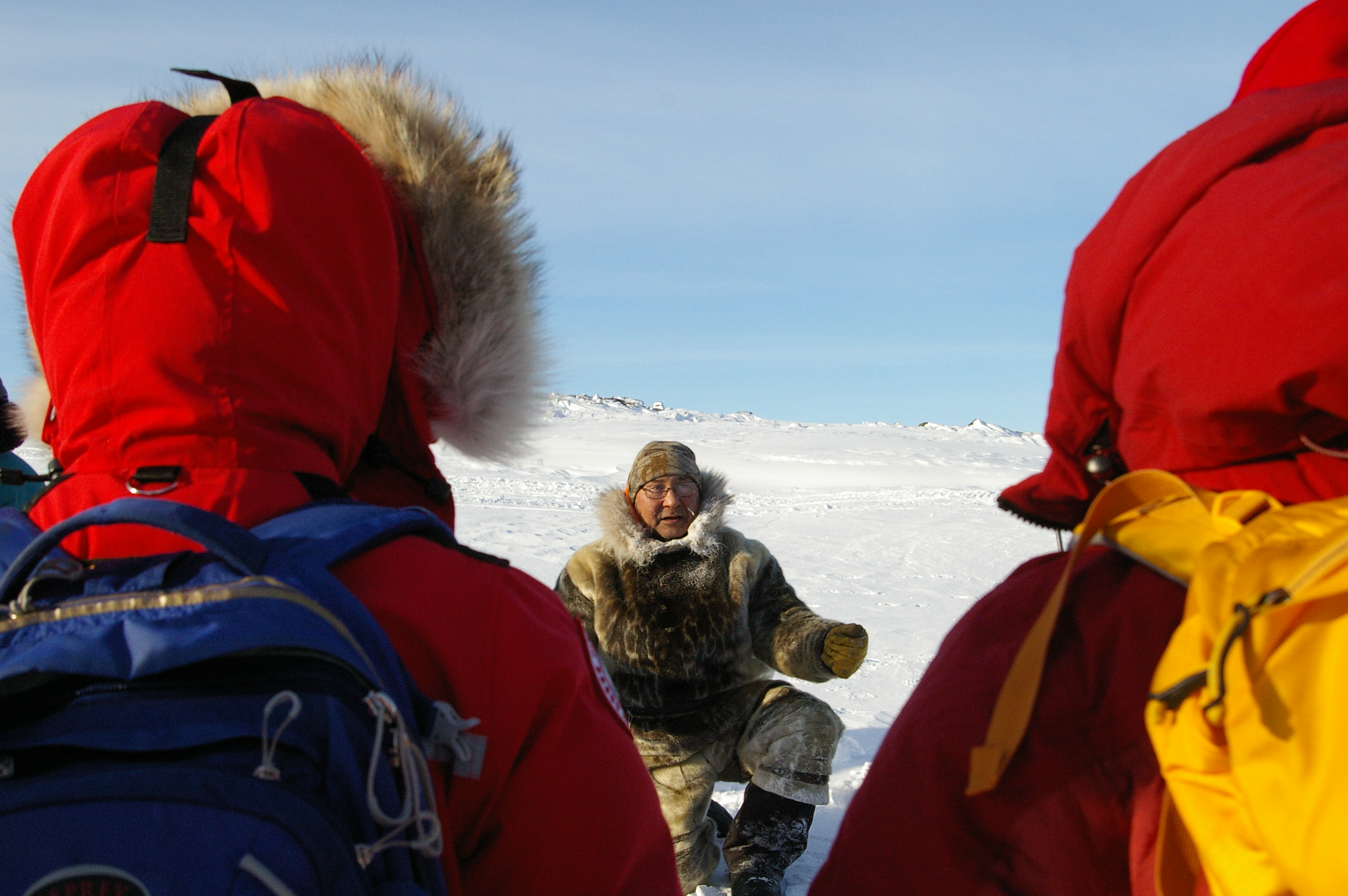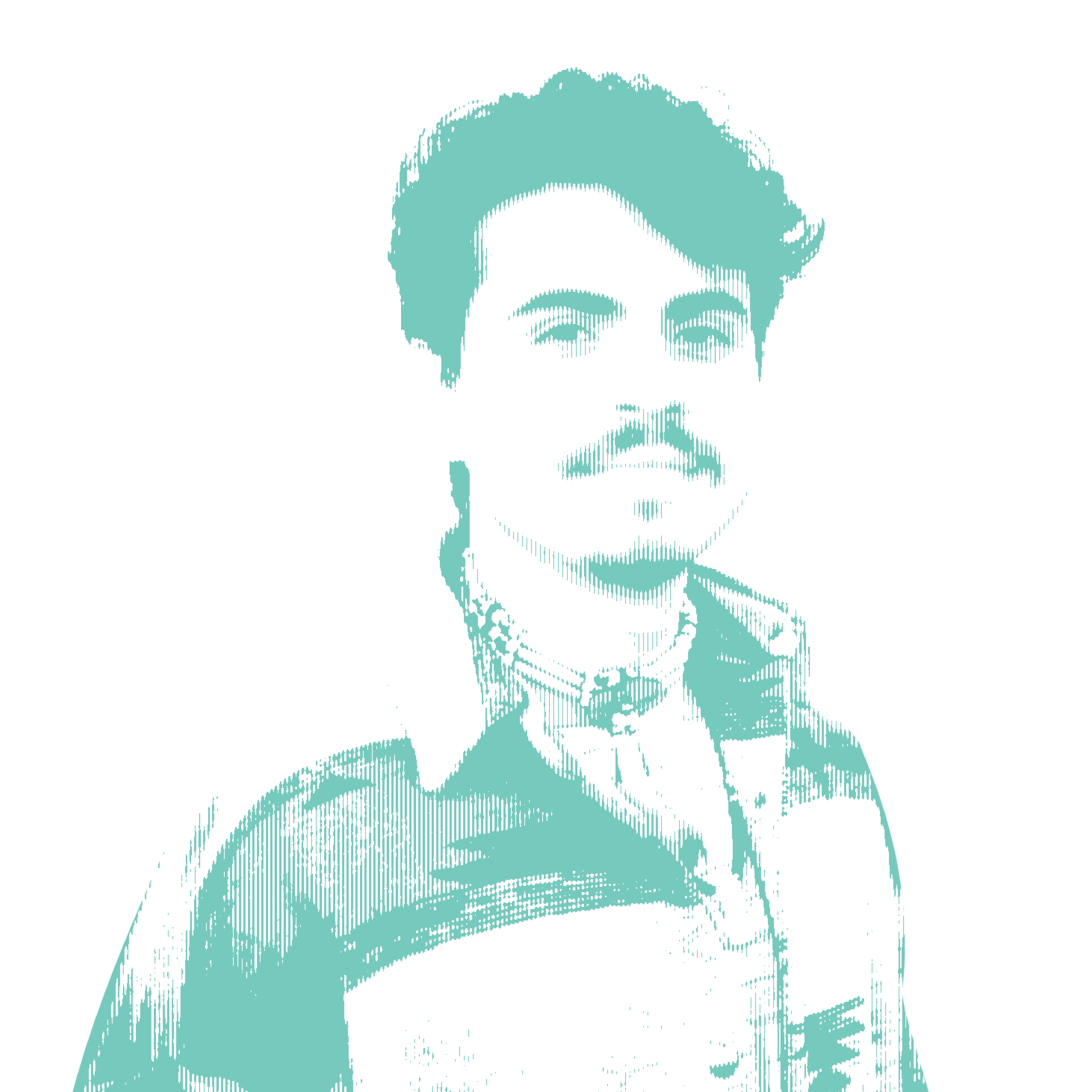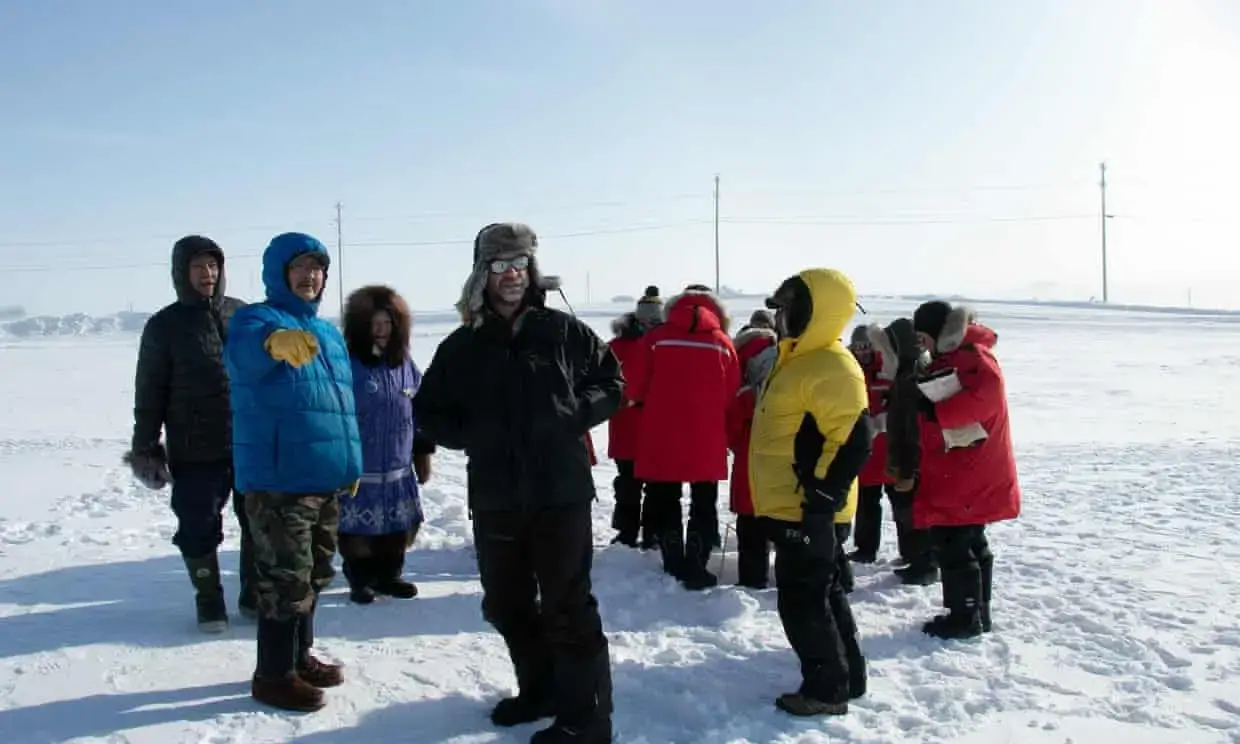
Canadian project plans to strengthen understanding of Arctic environment by drawing on Indigenous knowledge
Alexandre Langlois was surprised to learn that snow that has stayed on the ground for a couple days in the Arctic can be heard even before it is felt.
Margaret Kanayok, an Inuk elder from Ulukhaktok, an Inuit community in the neighbouring Northwest Territories, had come to speak to a group of scientists who had gathered to attend the world’s first Arctic snow school, being held in Nunavut, Canada.
Kanayok was born and raised in an igloo for nearly 12 years of her childhood, and she clearly remembered what playing in snow was like more than five decades ago. Her own elders had often said the snow around them made different sounds, with “pukak” – or snow with bigger grains at the bottom – making a distinctive sound as you walk over it.

As a nonprofit journalism organization, we depend on your support to fund more than 170 reporting projects every year on critical global and local issues. Donate any amount today to become a Pulitzer Center Champion and receive exclusive benefits!
For Langlois, who researches extreme weather and has spent more than three decades in the snow sciences, this information was revelatory. “This is very important information because that type of grain size and snow layer really scatters our microwave signals and we always need to dig to try and find deeper snow ourselves,” he said in an interview.
“This will make our lives a lot easier for the next few years, trying to find those deeper snow layers to measure them.”
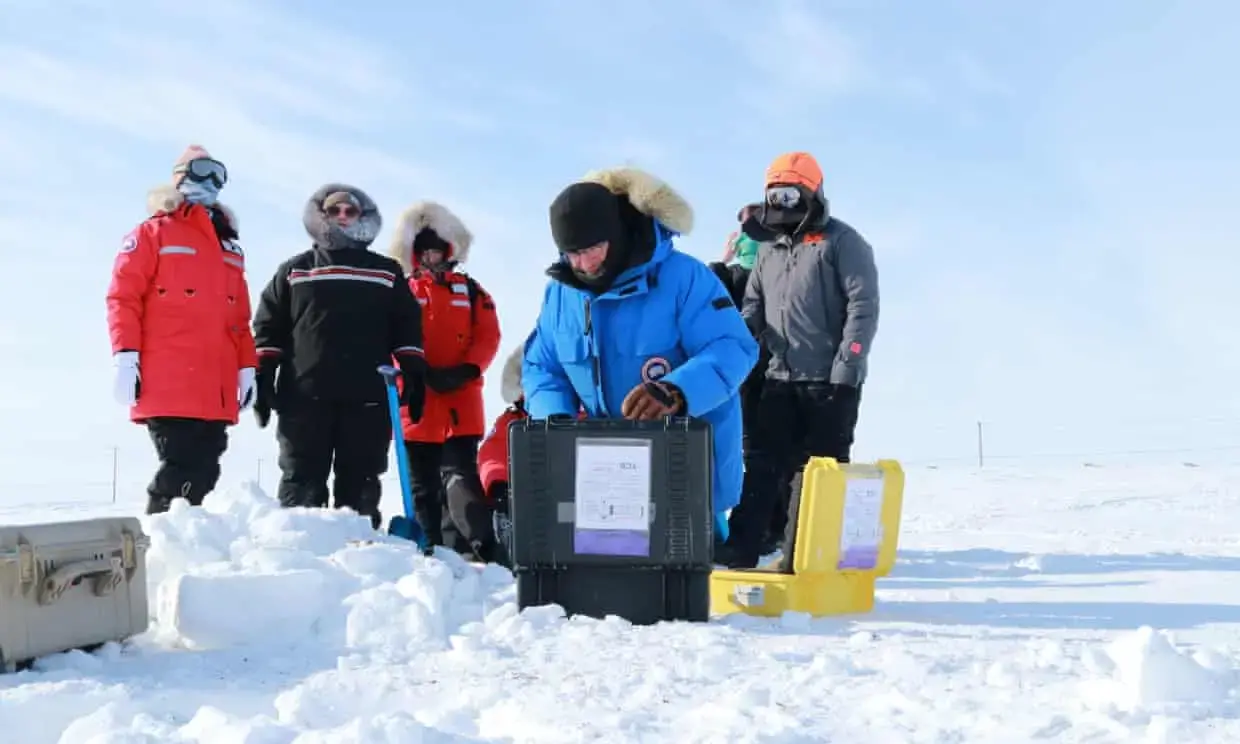
Langlois, a professor at the University of Sherbrooke, Canada, set up the snow school with Florent Domine, a professor at Laval University, to bring Indigenous knowledge and western science into conversation with each other.
The need to understand how snow reacts to weather inputs grows more urgent as the climate crisis gathers force, but, as Domine says, scientists simply know more about Alpine snow – right in the heart of Europe – than they do about Arctic snow.
As a result, much of the data gathered from the Arctic is “punctual in space and time”. In other words, it is collected from specific locations in the Arctic and only at specific times of each year. Langlois said this had created information gaps, because the data is not compiled year-round or across the region, which means that data models are not comprehensive.
Langlois added: “There are a lot of snow models in a community that [have not been based on] fieldwork and this is when you get into the field and you realise how complex Arctic snow is.
“To understand the complexity and depth, you need to develop snow models for which you need to have the ground-level measurement. To me, it’s critical to see and taste and feel the snow that you are trying to model and retrieve [information about] remotely.”
Working at the low Arctic temperatures was a whole new challenge for some of the young researchers who had come to the school. “When you look at the electronics and technology, they’re always saying that working temperatures should be 0-4C,” said Langlois. “But here, sometimes we’re at -40C.” At times, equipment stopped working altogether.
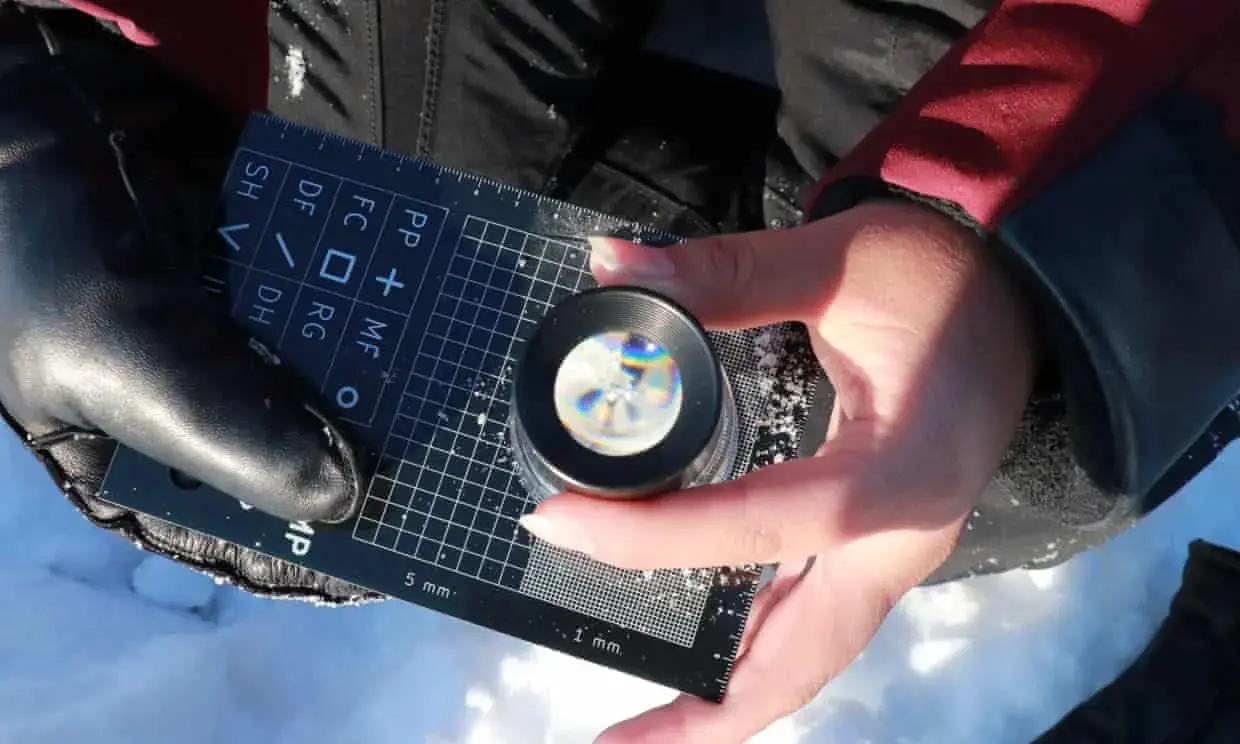
For Domine and Langlois, the physical challenges of studying Arctic snow are precisely why more concerted efforts are needed. “It’s about the key elements we’re missing,” Langlois said. “We know what those are. We just need to have the means to measure them.”
The school was a joint project between two institutions in the Canadian province of Quebec – Sentinel North at Laval University and an interdisciplinary research group on polar environments at the University of Sherbrooke. The goal was to bring together young researchers from across the Arctic and teach them how to collect field measurements related to snow.
But unlike most research projects, the snow school involved Inuit voices and integrated them within the fieldwork to strengthen understanding of the Arctic, and to diversify it through the lived experience of elders, hunters and knowledge-holders on the ground.
There is so much to learn from the Inuit communities, says Manny Kudlak, an Inuk from Sachs Harbour in the Inuvialuit Settlement Region, who has spent more than two decades working in community governance, as a wildlife monitor, research assistant and member of the local committee for hunters and trappers. “Inuit have a lot of personal observations that may not be done in scientific ways, but they are useful to scientists,” he said.
“We do live in a bubble in the Arctic, where our lack of communication with the outside world is one of our biggest hurdles – it’s not that easy to get on a phone with a university and say, ‘We need someone to come up here and look at this and can your university do it?’” Partnering like this means that the perspectives of the local communities are taken into account in the research, and the benefits can go to them too.
Domine argued that listening to Inuit elders and hunters would also be a way of humanising much of our perception of the Arctic. “When it comes to understanding Arctic snow, listening to the observations that Inuit have made can be very helpful. They can help us point out the problems and [improve our] understanding of these problems related to the Arctic snowpack.”
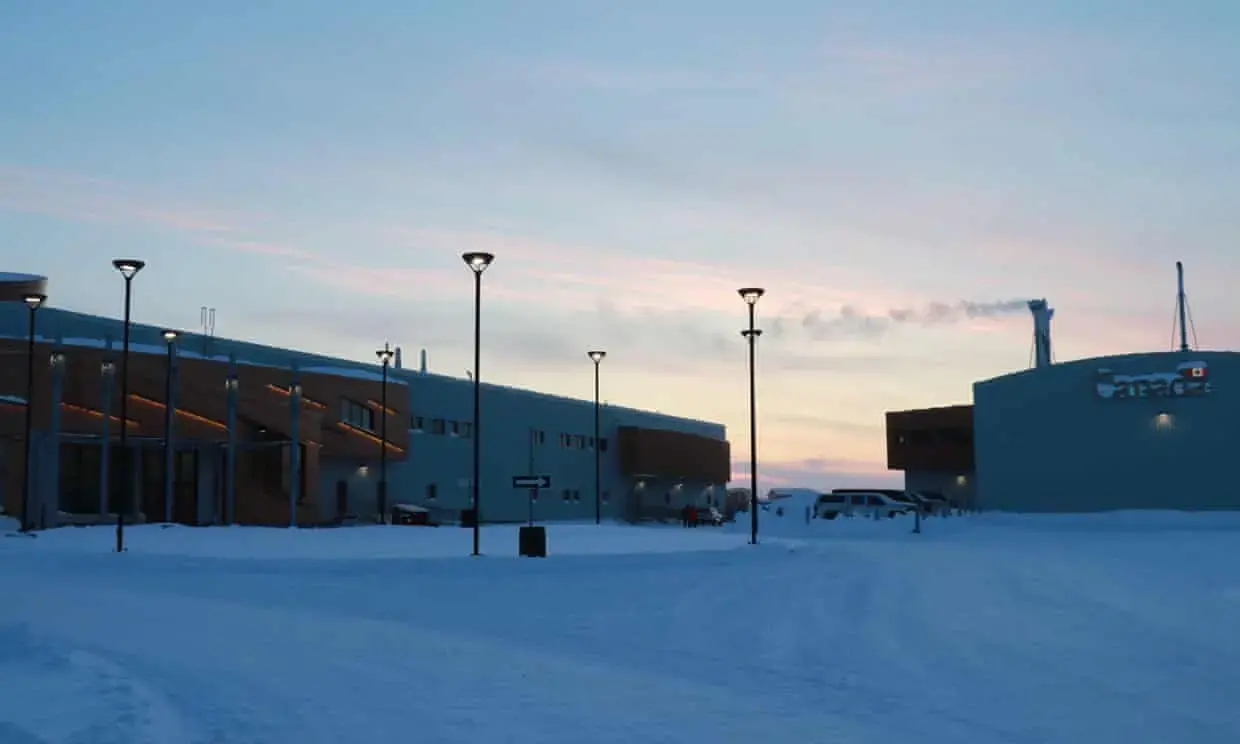
The critical thing, says Domine, is how important it will be to improve our understanding of Arctic snow in a way that helps us respond to the climate crisis. “We used to say the Arctic is going to change twice as much as the planetary average and now we’re saying it’s four times as much. My personal feeling is that climate change is going to be faster than our most pessimistic prediction.”
For Kudlak, the snow school was a chance for researchers to understand that “we’re almost like them in a lot of ways. We’re very curious about our environment … just our daily observations make us a very valuable part of the scientific community.”


